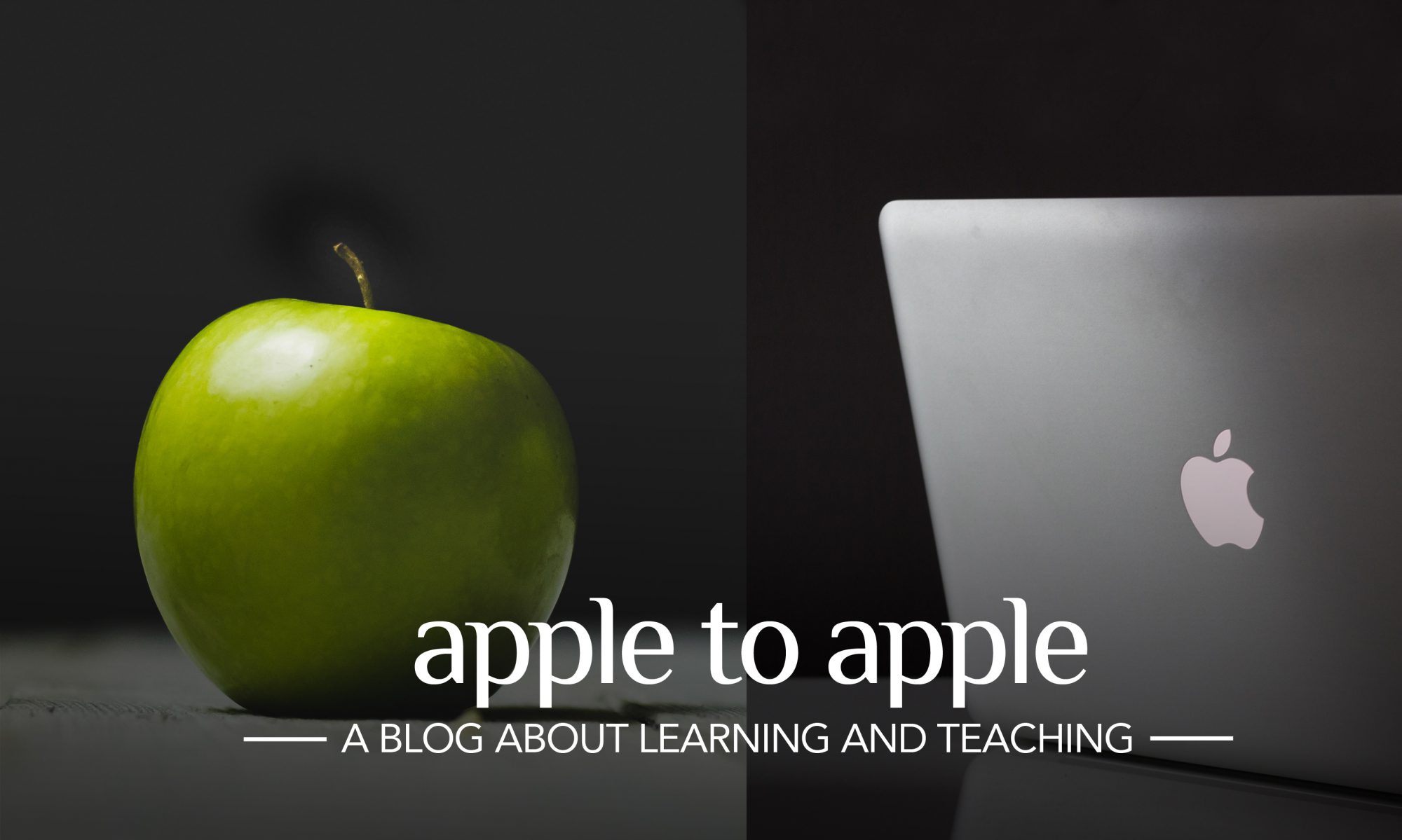I could feel it in their eyes. They’d look at me—a Mennonite girl in braids and a long skirt with a covering on my head—and they’d think they knew all about me. I didn’t know it at the time, but this thinking that members of other groups are all the same is called out-group homogeneity.
To others, I may have looked meek and mild, even though I wasn’t. And I had them fooled. I couldn’t cook like my friend Carol or sing alto like Rhoda or play volleyball like Eli. So under eyes that figured me out in one second, I felt trapped.
Perhaps this is why I worked so hard to help my students see beyond stereotypes. When town kids thought lake kids were snobs and lake kids called town kids shiftless, I tried to get them to know each other. And I was clear with my messages—many girls are good at math, many gifted kids are socially adept, many special education kids show courage and creativity, many bullies have hidden tender sides, and many perky cheerleaders are fighting monumental battles.
But I discovered during an after-school Walmart stop, that with all my moralizing, I was forgetting to check my own prejudices. I was tired that afternoon from wrangling students and hearing about test scores and answering emails from parents. All I wanted was peace. Which I wasn’t going to get, I could see, because the service desk where I was headed was surrounded by a pack of kids.
Dressed in layers of black with white makeup slathered across their faces and their hair long, they were trading jabs and laughing raucously. Probably over some coarse joke I decided. Legs spread wide, feet planted, they clearly owned the space between me and the service desk. Instead of working afternoon jobs, here they were loitering at Walmart, intimidating people like me.
I actually stopped walking toward them, when I caught myself. Just that morning, I had mediated when one kid called another a prep and that kid returned the name calling by yelling, “Punk!”
And though, I hadn’t said a word aloud, my mind there in the Walmart lobby was full of bigotry. What I had seen in my students that morning, I now found in myself.
So, I took a step forward and then another.
Suddenly, I heard my name and found myself in a hug. These were my former students. These were John and Riley and Milan and Spike.
And what had I done to them? Judged with my eyes, figured them out in one second, trapped them in a stereotype.

